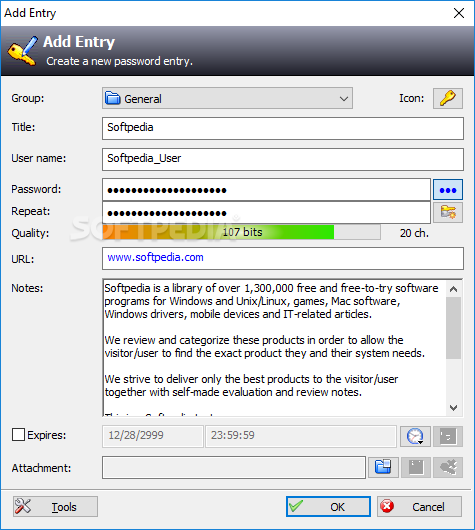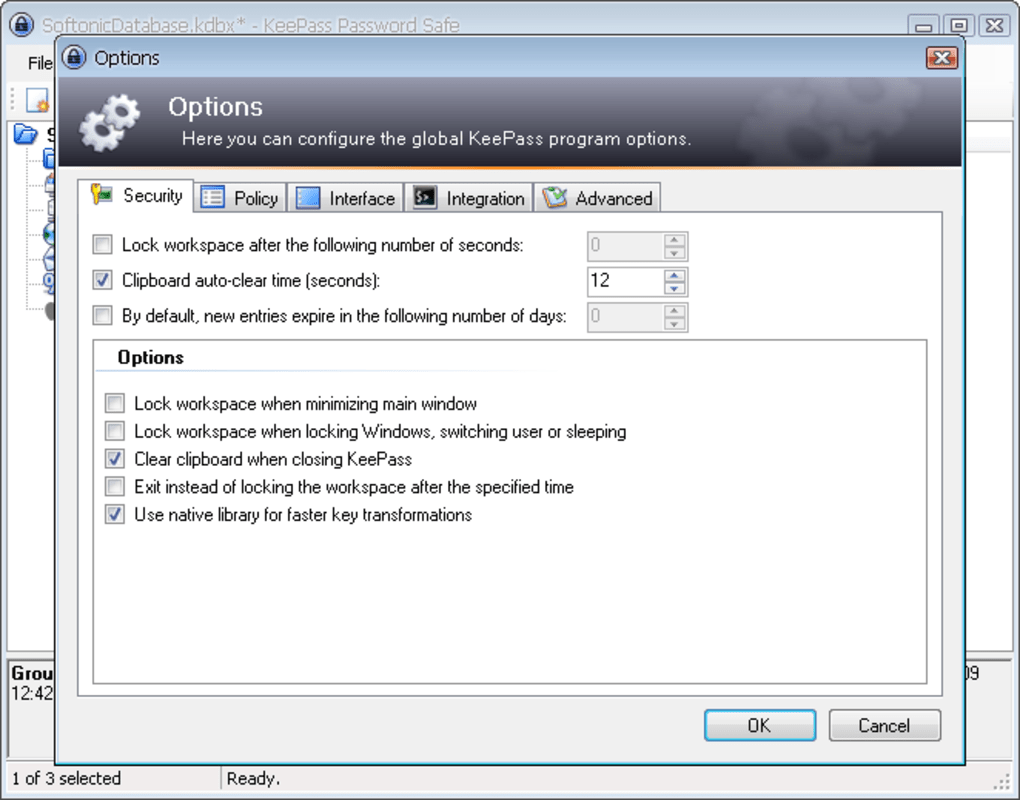


Over 80% of most data breaches occur because of a weakness in how users create and store passwords. Why are password keepers all the rage in digital and cyber-security?Īccording to a study whose findings were published by the Financial Review, passwords are usually the weakest link in the chain of cybersecurity. This is because passwords remain the first line of defense in protecting offline and cloud-based accounts. Password managers continue to find significant use in our everyday lives. More on that next week.There are tens of excellent password managers developed for the average user, but no two password managers are created alike. Once the database is created you’re ready to add your first secret entry. Other options are available from a simple description to database compression to reduce file size. Default setting is 6000 times, but you can increase this value to whatever you like as long as you realize larger values increase database load time and a slight performance hit. For example to reduce the chance of password type guessing attacks, AES/Rijndael encryption uses Key transformations. To improve database functionality and performance, tweaks are available in database settings. KeePass uses AES/Rijndael 256bit encryption, so you can be confident encryption is strong. You have the option of encrypting your database with a master password, Key file, Windows user account or a combination of the three. Your encrypted database will store all recorded passwords and any other confidential information you’d like to keep safe. Full Install includes additional libraries, XML stylesheets and a number of optimizations, compact simply includes core KeePass libraries.Īfter installation, the first required step is the creation of a KeePass database. Full install maxes out at 5.4MB, compact just 2.8MB and custom anywhere in between. Installation has 3 options, Full Install, Compact or Custom.

You can download KeePass from Installation is your typical Windows clicky-click. Best of all, its cross platform and free to use. KeePass Password Safe is a great and easy to use alternative. You could spend money on commercial solutions like 1Password or let the Open Source community help. You could keep a ledger, but then you’d have to photocopy it a few times for every computer in the house. Really! think about all the sites you use daily, then double that for occasional sites and before you know it you’re managing 50 passwords or more. Primarily because keeping track of unique passwords is a real hassle. Unfortunately few follow this rule and often reuse passwords among different Internet sites. I’m sure you’ve heard numerous times from many sources, web site logins should always be unique.


 0 kommentar(er)
0 kommentar(er)
